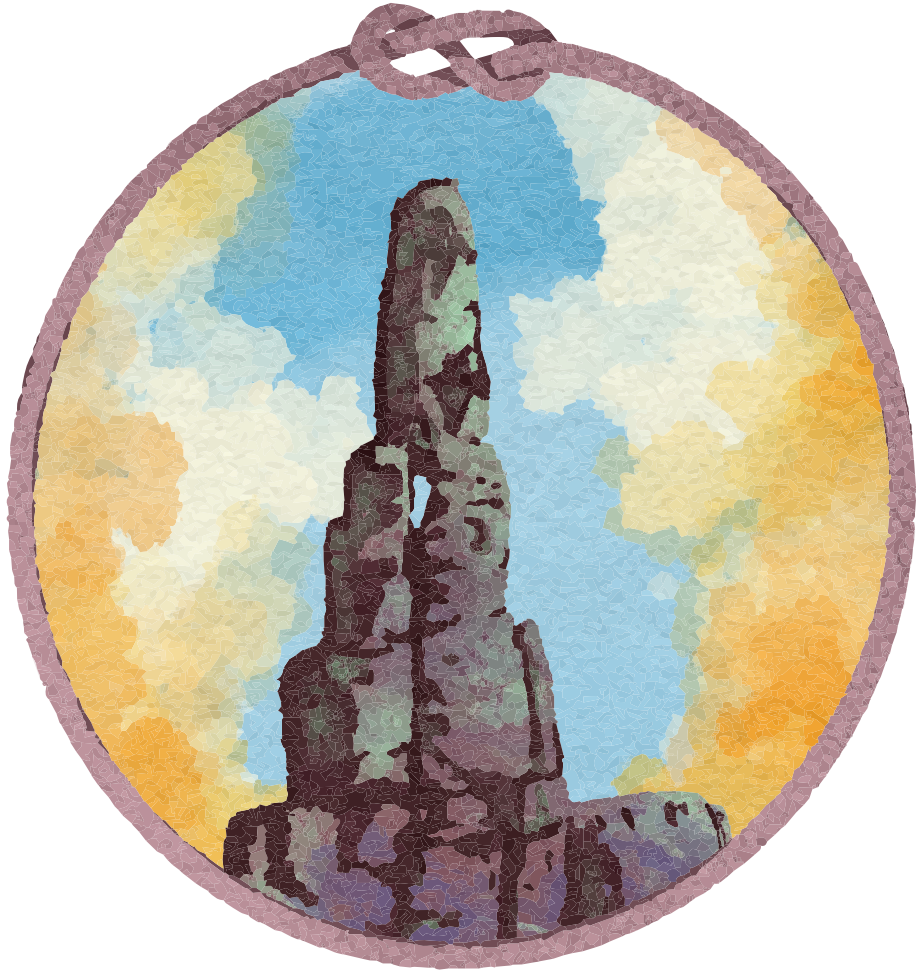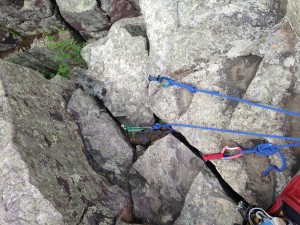Looking for something unique this holiday season to give is a gift?
Apex offers the gift of adventure through gift certificates. Climbers can choose their own adventure during a time that pleases them.
Share an Adventure with us this holiday season by calling 608-434-3360.
Happy Holidays from Lynn and Jill and the rest of the Apex Crew!





